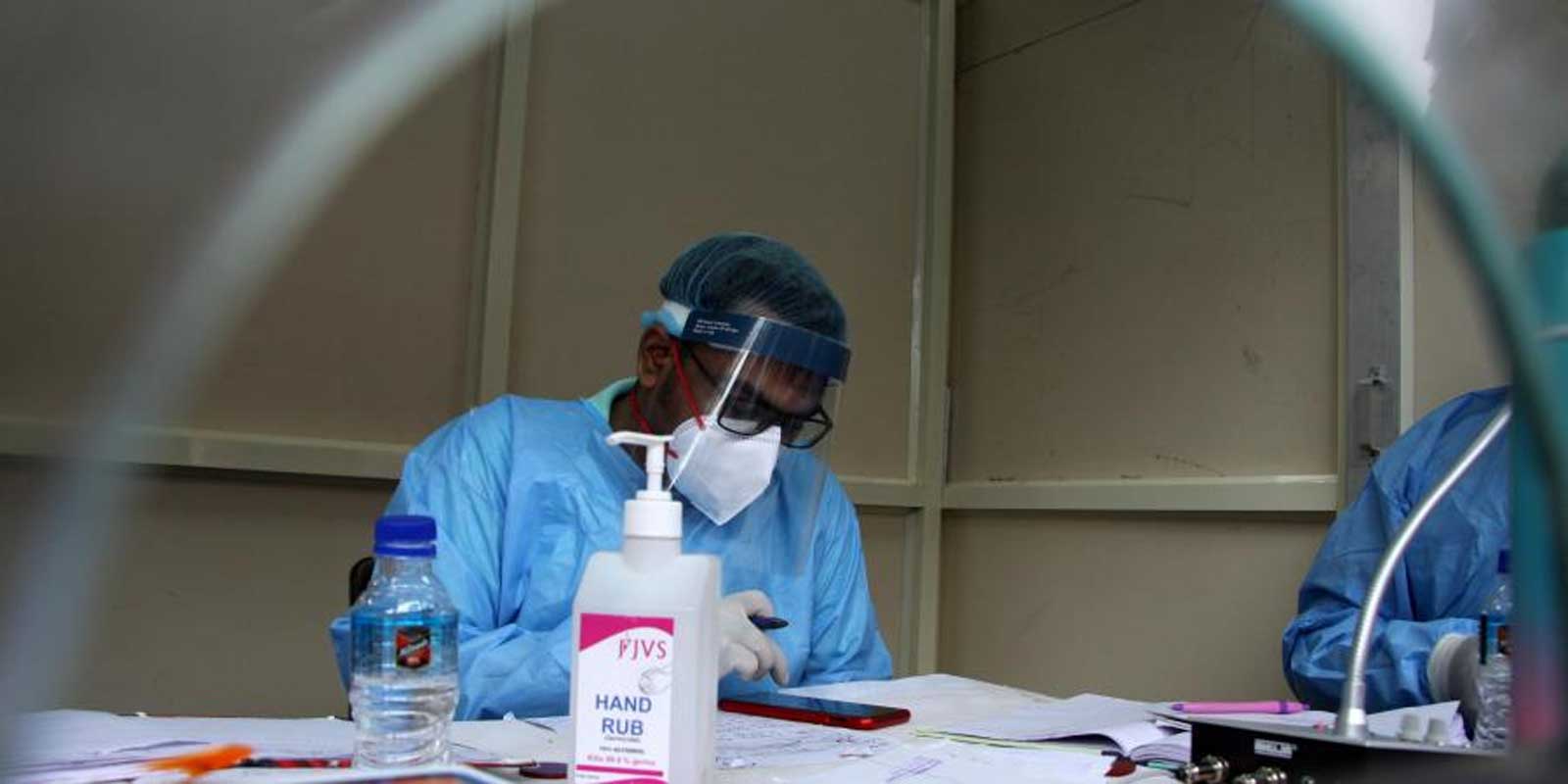COVID-19: Cross-infection can be tackled through hospital design changes, say architects

Development of the hospitals spaces equipped to handle future pandemics and provision of skilled staff is the need of the hour.
With the shortage of Personal Protective Equipment (PPE) kits, ventilators and COVID beds, the coronavirus pandemic has indeed highlighted the inadequacy of India’s healthcare system.
Apart from increased investment, there’s an urgent need to address the much-needed infrastructural changes.
According to Rahul Kadri, Principal Architect, IMK Architects, the pandemic is a stark reminder that economies can be brought to a grinding halt if public healthcare systems are inadequate.
“Today, in India we require 15 doctors and 20 hospital beds per 10,000 people. We only have half that number. That translates to 70 crore people underserved by the system today. Unless we address this shortfall urgently, this number will continue to increase and our people and economy will be left defenseless against future pandemics,” says Kadri.
Chinmay Patil, Project Head, Healthcare Spaces, Edifice Consultants Pvt. Ltd., also believes that development of the required infrastructure along with provision of skilled staff through incentives and/or compulsory national service is the key to the survival and effective functioning of the primary health centers.
“At the same time, an effective mechanism needs to be developed through policies, logistics and staff training in linking the primary health centers to the super-specialty or tertiary care centers for a quick and seamless transition of a patient needing care,” adds Patil.
Public expenditure on health needs to increase manifold to enable the government to build a well-equipped, self-sufficient network of medical facilities in Tier-II spaces, and reduce the strain on metropolitan healthcare infrastructure.
“Enabling multifunctional hospitals everywhere in this congested economy may be challenging. So, an alternative layer of primary healthcare fabric in urban slums and rural areas, that endorses health awareness and offers preliminary remedial assistance, can be initiated to distribute the burden,” says Kadri.
With a highly infectious disease like COVID-19, it’s critical to reduce the possibilities of nosocomial infection.
But a major issue that plagues current hospital designs is poor ventilation systems.
“Cross-infection can be tackled through design changes such as naturally-ventilated spaces that increase the rate of natural air exchange and reduce levels of air contamination. Different functions can be segregated by creating general, semi-sterile and sterile zones, and creating buffer zones in between. For instance, public waiting or administration areas can be the first zone, then the OPD and IPD wards, then the ICUS and the OTs. With every zone, the number of individuals and hence, interaction, reduces with criticality,” says Kadri, adding that at Hinduja Hospital in Mumbai, one building has been completely earmarked for COVID patients.
“Delhi’s administration should look at this too, with the infrastructure available, converting certain sections if not complete buildings to quarantine facilities for COVID patients.”
Kadri says the Delhi government should involve appropriate experts and consultants such as health authorities, planning members, plumbing and electrical consultants, while converting public places into healthcare facilities for isolation or treatment.
“Since these would be large spaces, monitoring ventilation and air circulation would be critical to avoid cross infection. Hence ventilation/HVAC experts would also need to be roped in.”
The Principal Architect also suggests adopting the latest in technology such as Building Information Modeling (BIM) to determine the optimal geometry of buildings that can shorten construction time to save costs.
Also, ‘temporary and transformable’ architecture has and will enable emergency mitigation like never before.
“Imbibing such innovations holds the key to streamlining our systems for better performance. From accessible essential public services, improved patient care to the wellbeing of our economy,” he adds.
“Most of the beds in hospitals are densely positioned leading to an accelerated growth in spread of infections,” points out Patil.
He feels that the promoters and developers of the hospitals need to accept that hospitals are to be developed with certain standards concerning space planning and staff expertise.
For original article refer the post- Click Here


